Nothing can lift your mood higher than having a feline family member. Simply watching as your cat pounces and zooms around the place can be quite a treat. And if you think it doesn’t get any cuter than that, just wait until the little furball curls up on a blanket and falls asleep. As adorable as they may be, cats can be quite inquisitive. And this natural trait of theirs is what often gets them into all sorts of trouble. Besides their occasionally problematic curiosity, your furry little friend may exhibit a few unwanted habits such as clawing the furniture or knocking items down off shelves. Cat-proofing your home will create a safe environment for your kitten and brace your interior for its chaotic energy.
Avoid Poisonous Houseplants
Houseplants provide a splash of greenery to your living spaces. But when there’s a cat living in your home, these indoor plants may potentially be hazardous. Several types of flora commonly found in homes are known to be toxic to pets. House cats are known to nibble on foliage for several reasons — often due to boredom. If you plan on bringing a cat to your house, consider avoiding plants such as philodendron, lilies, azaleas, mistletoes, and foxgloves. Instead, opt for safer varieties like spider plants, Boston fern, rosemary, daisies, snapdragons, and bromeliads.
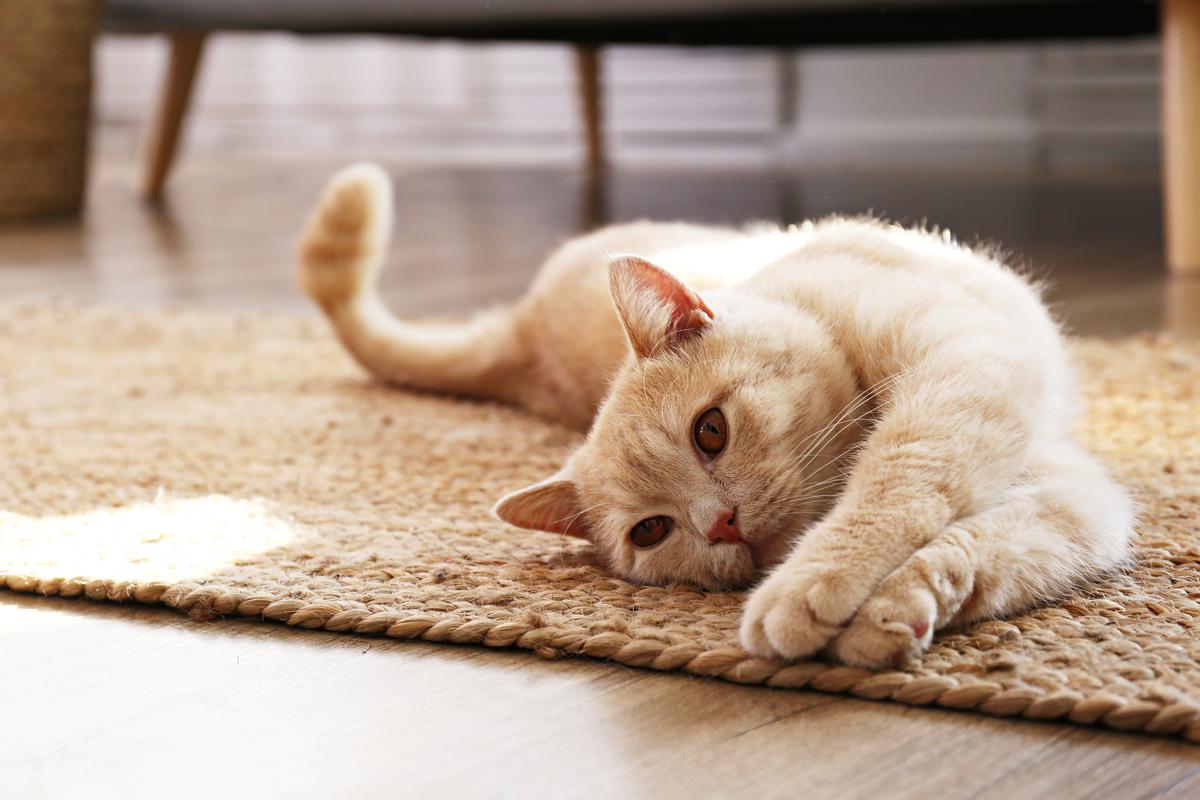

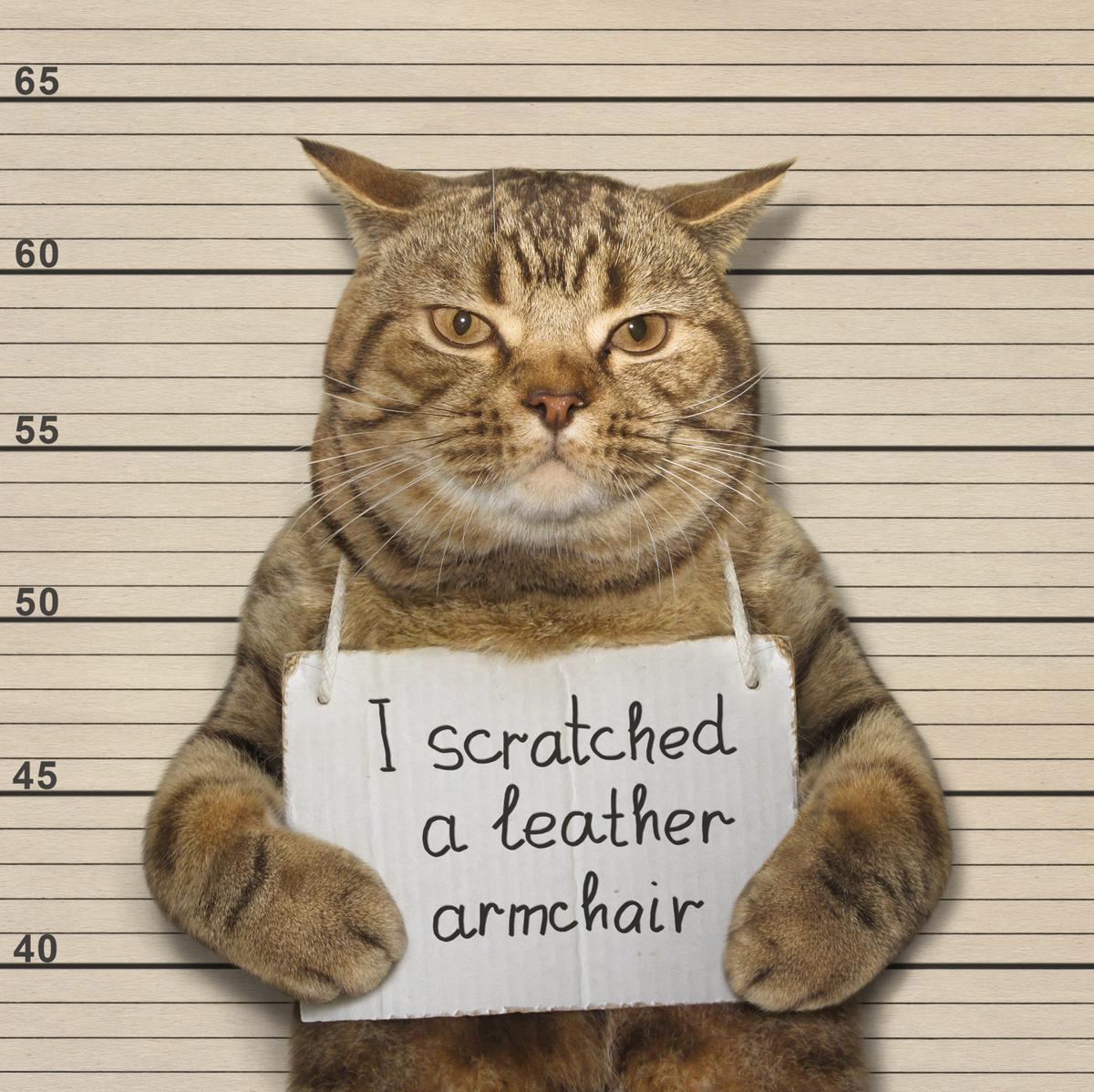
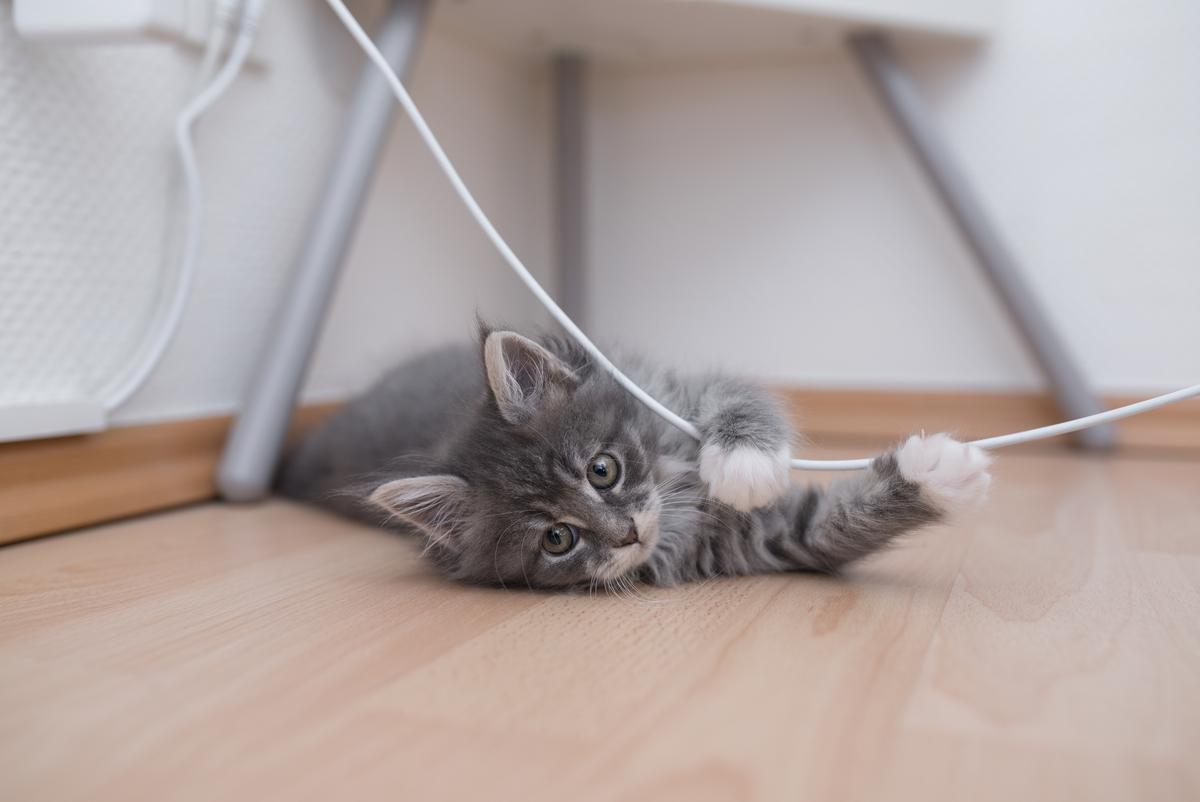
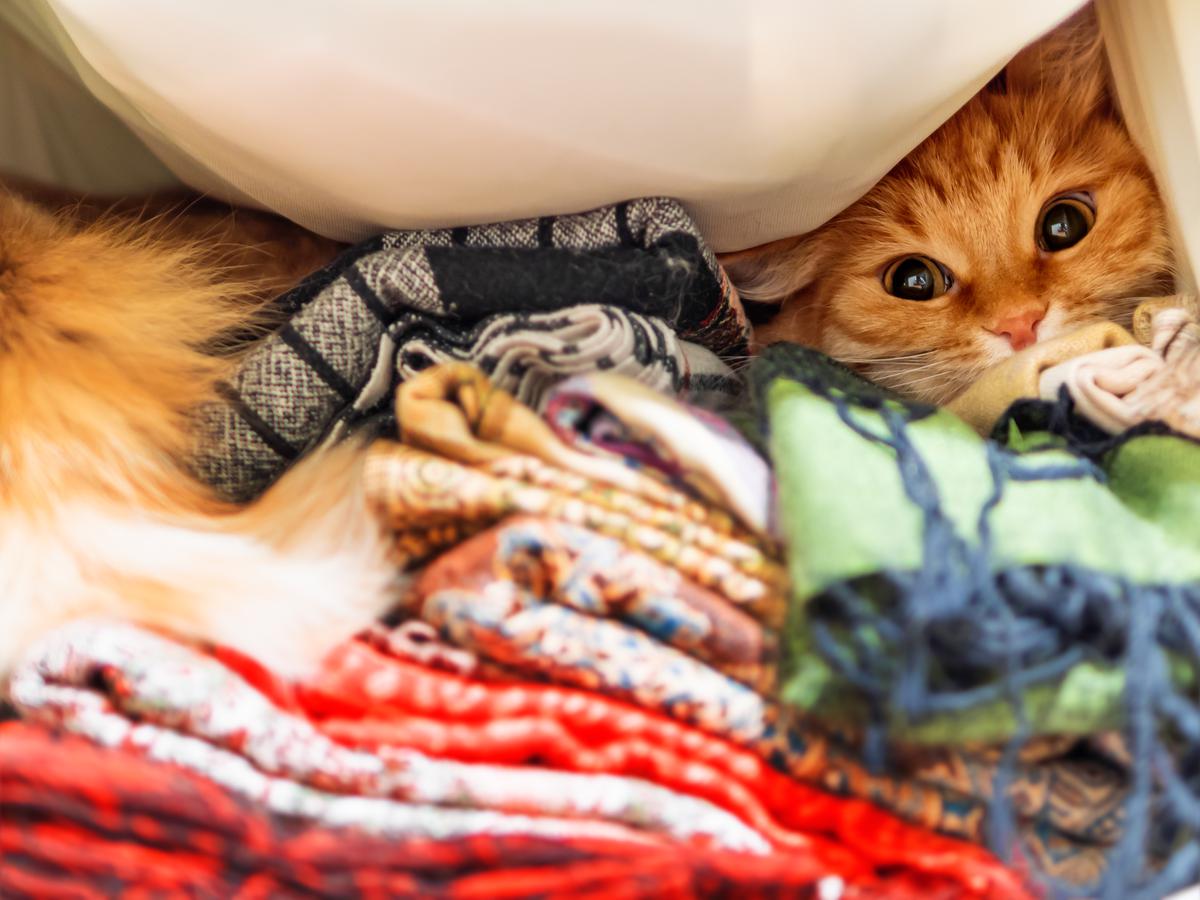
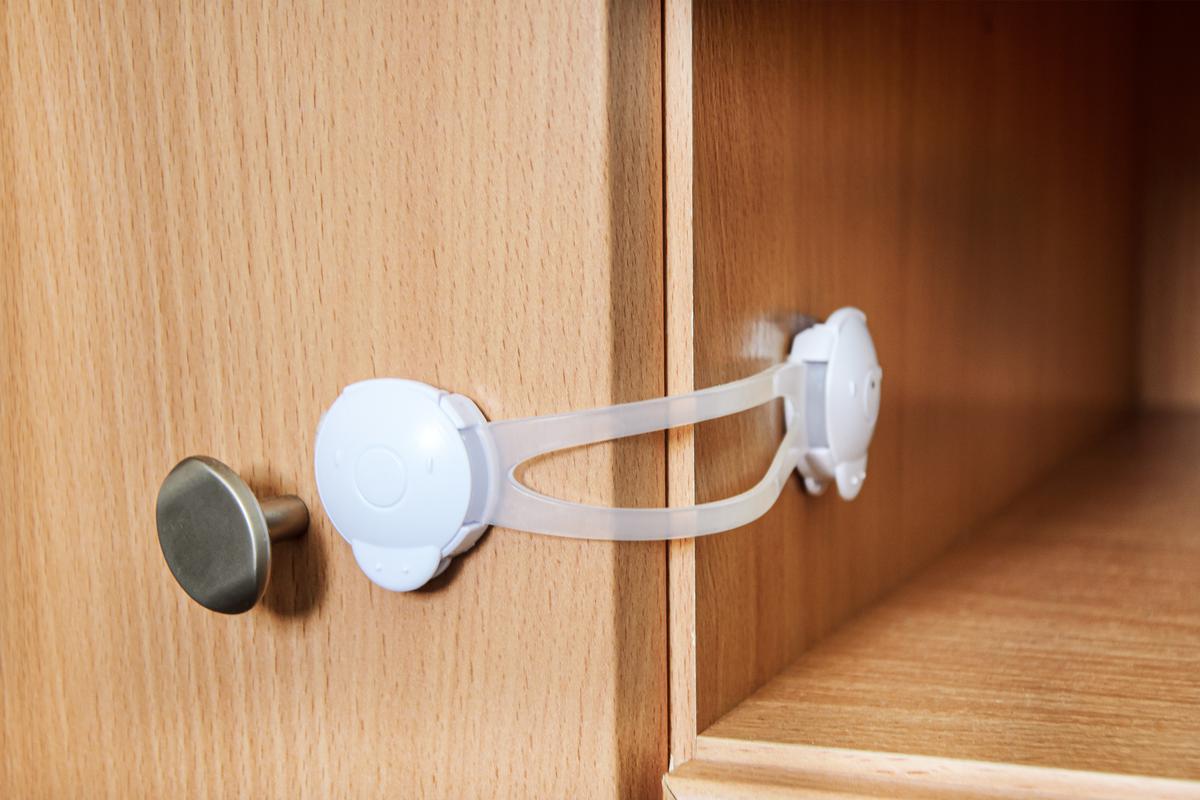
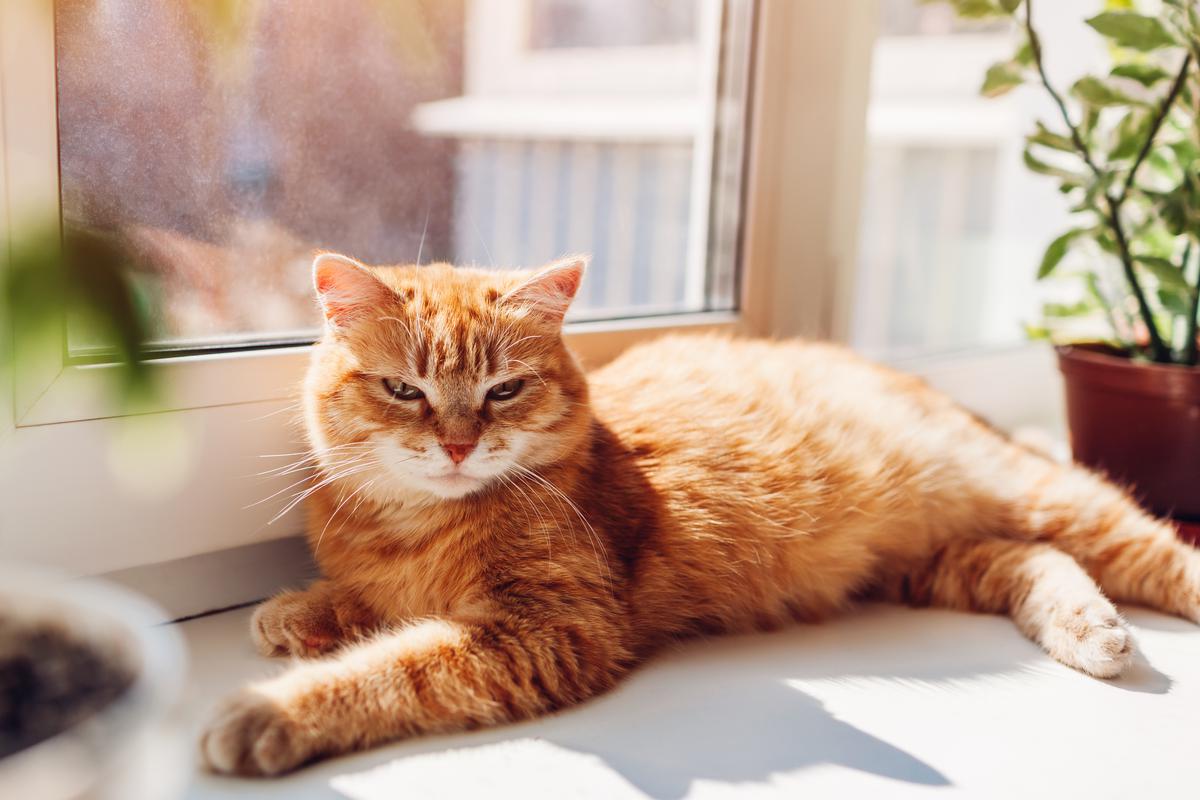
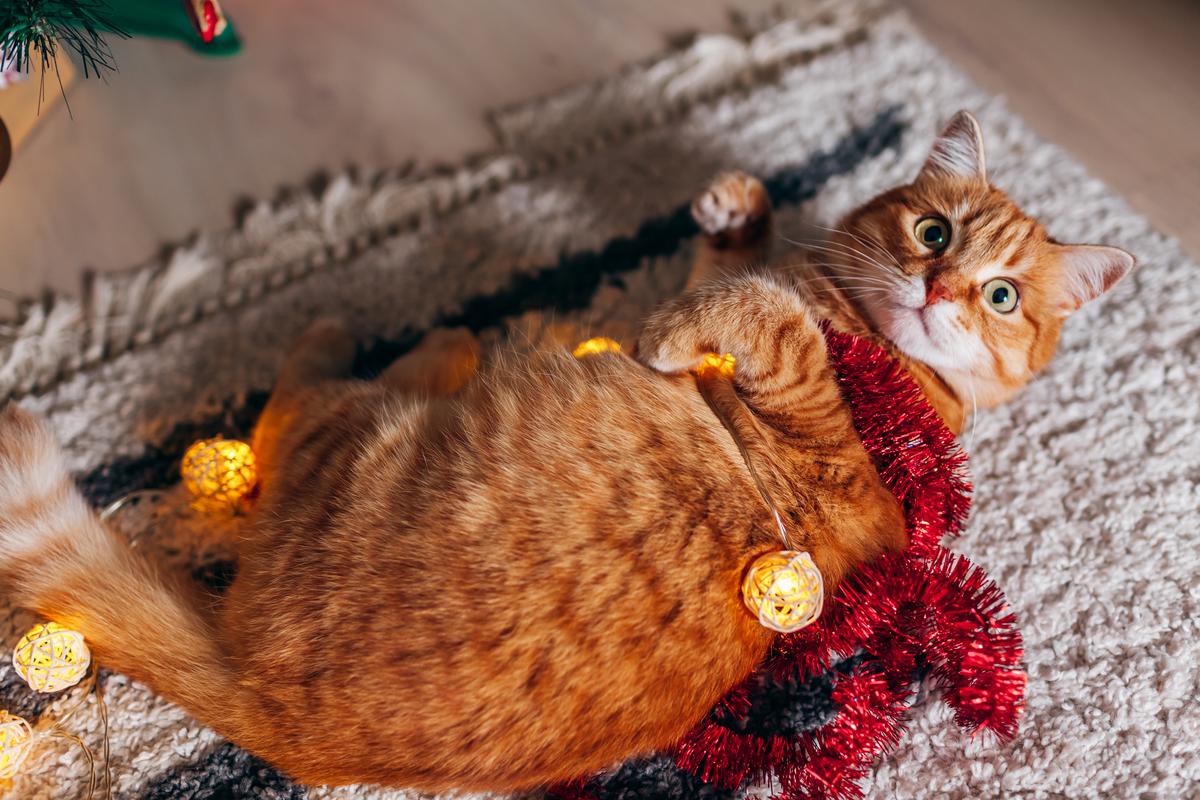
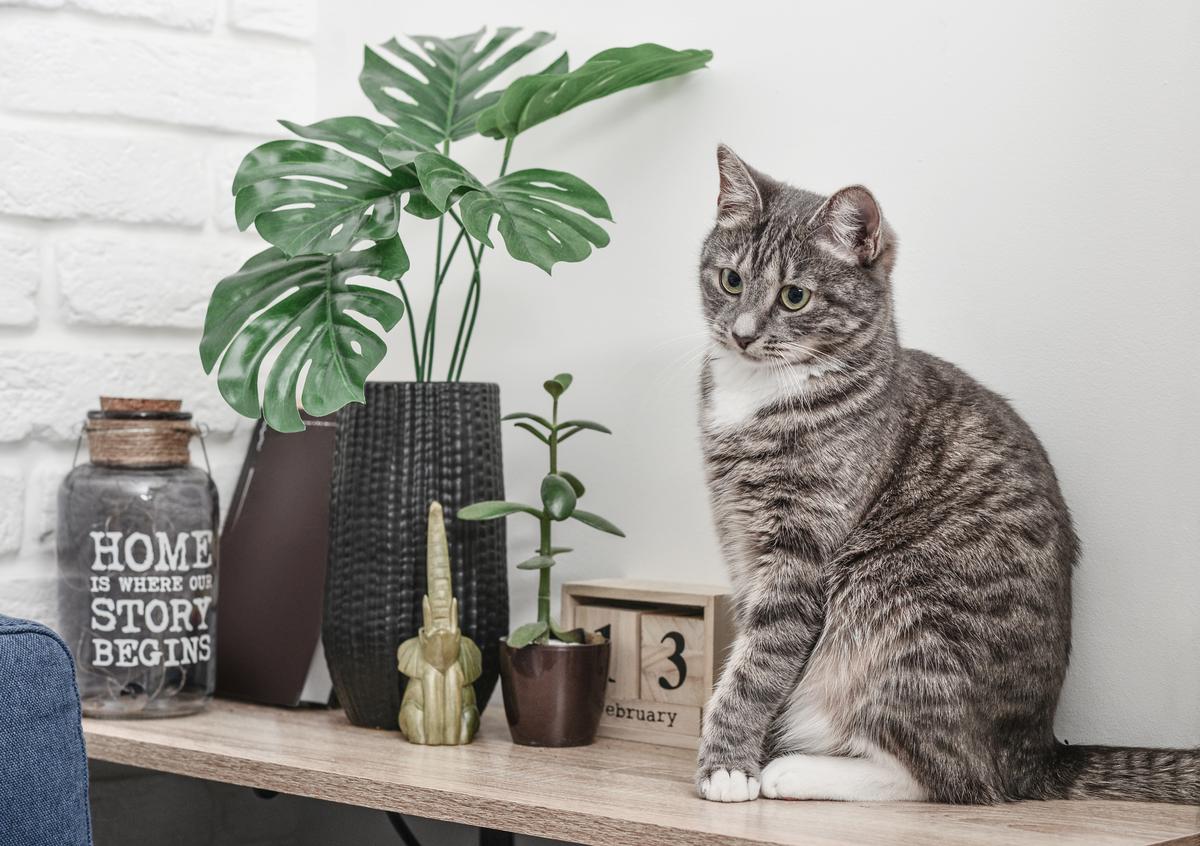




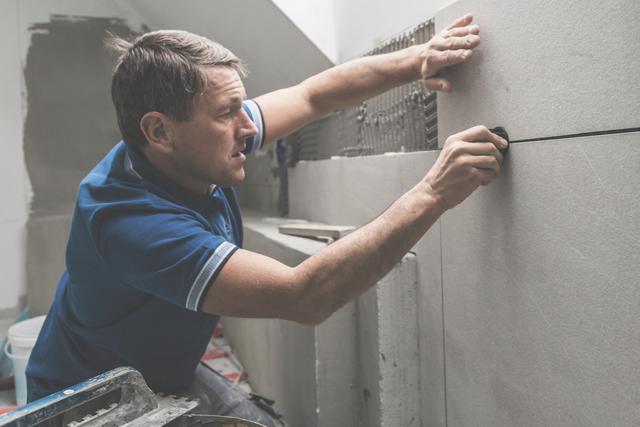
comments